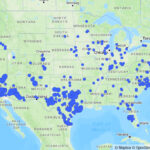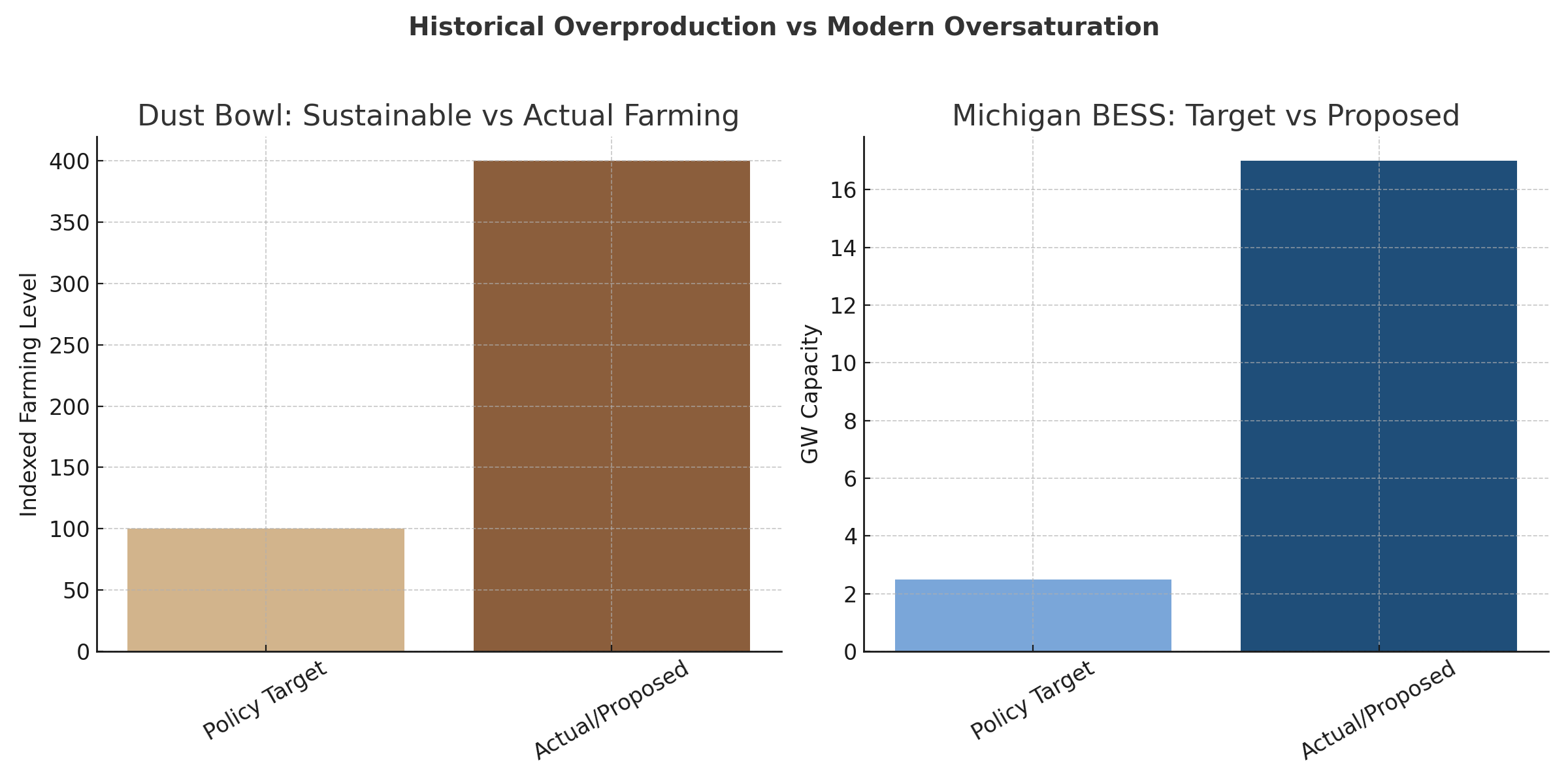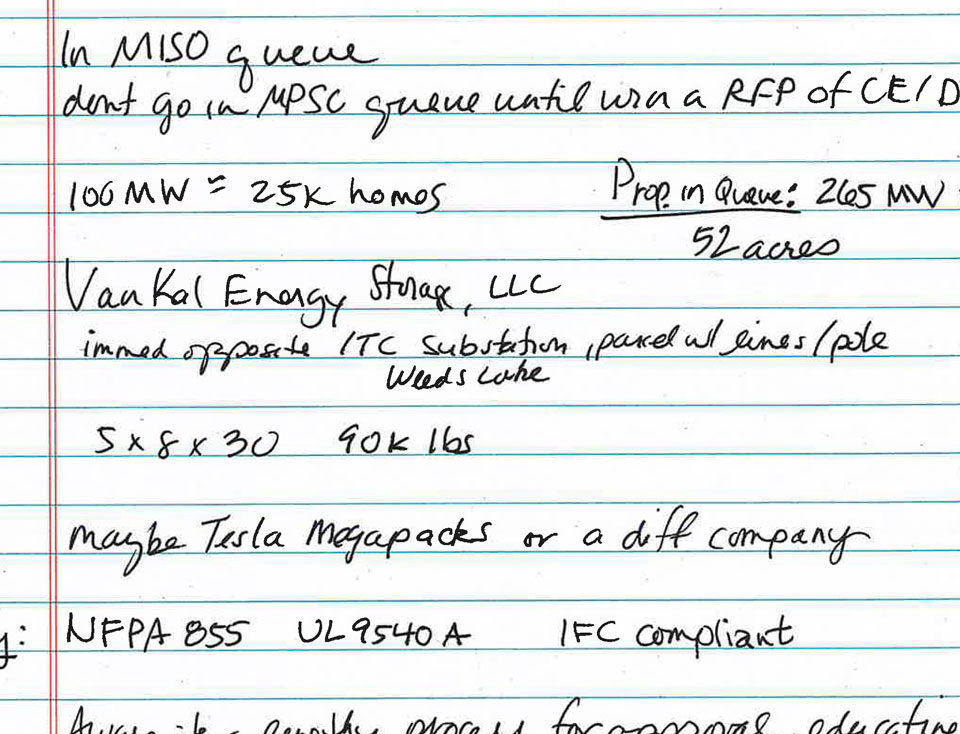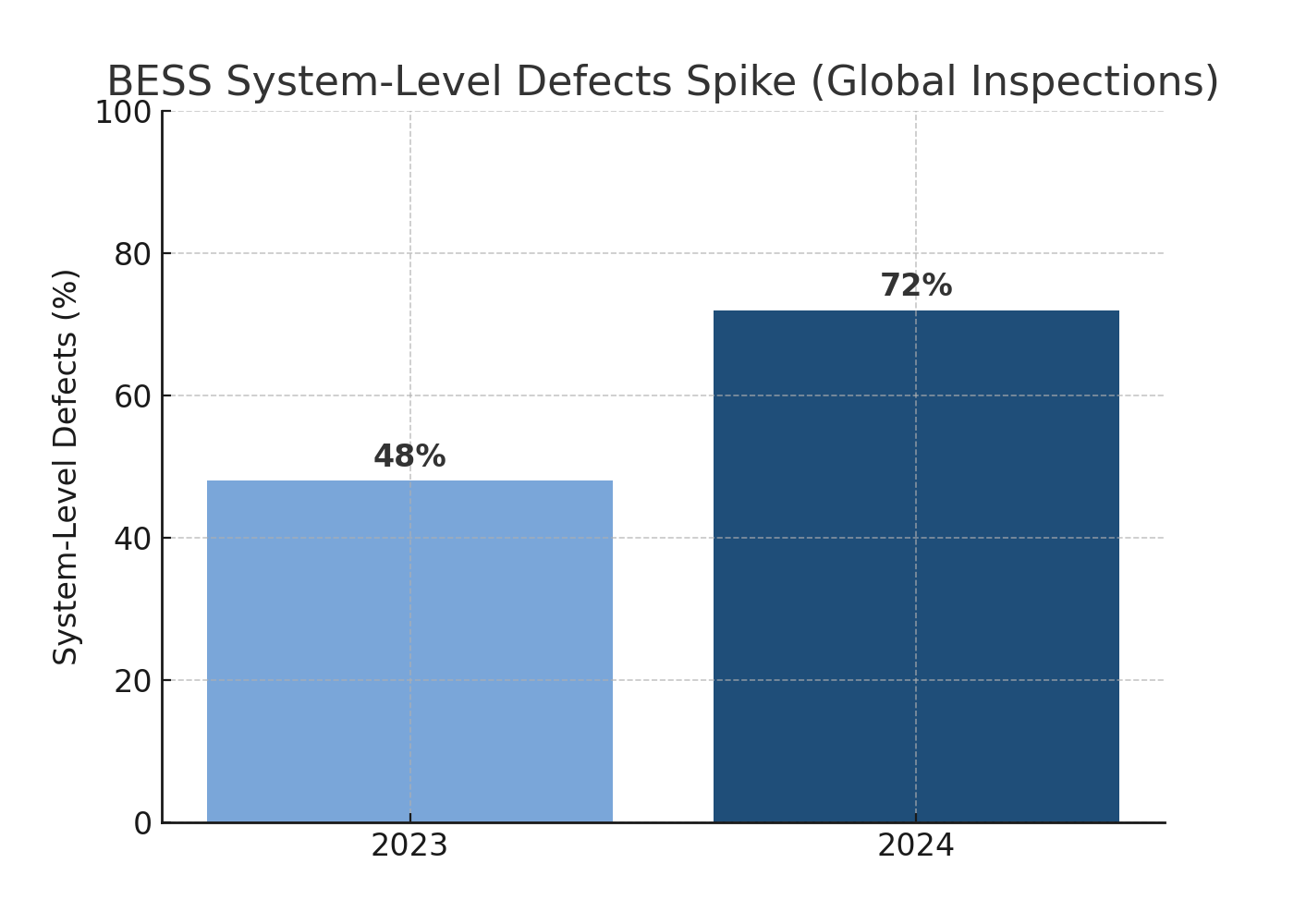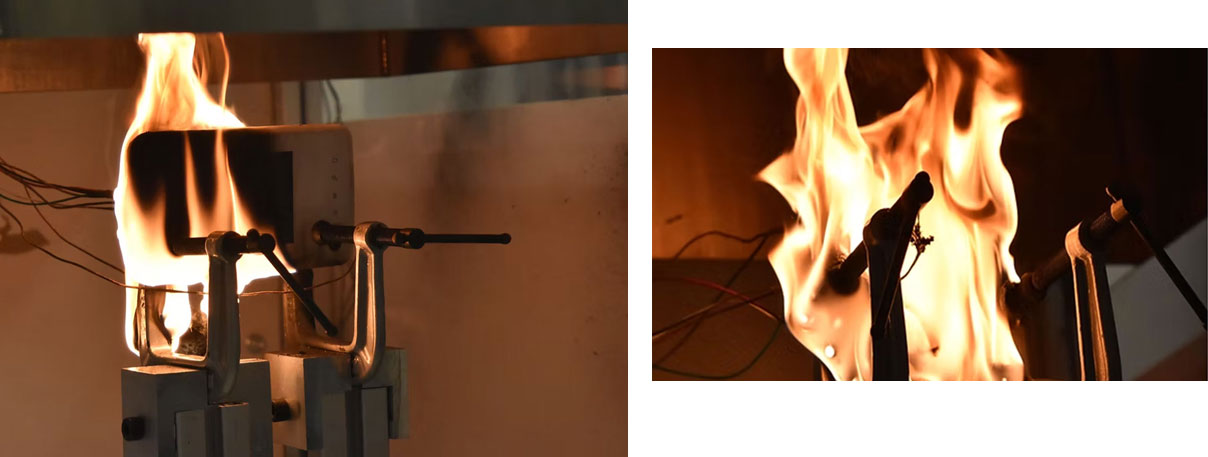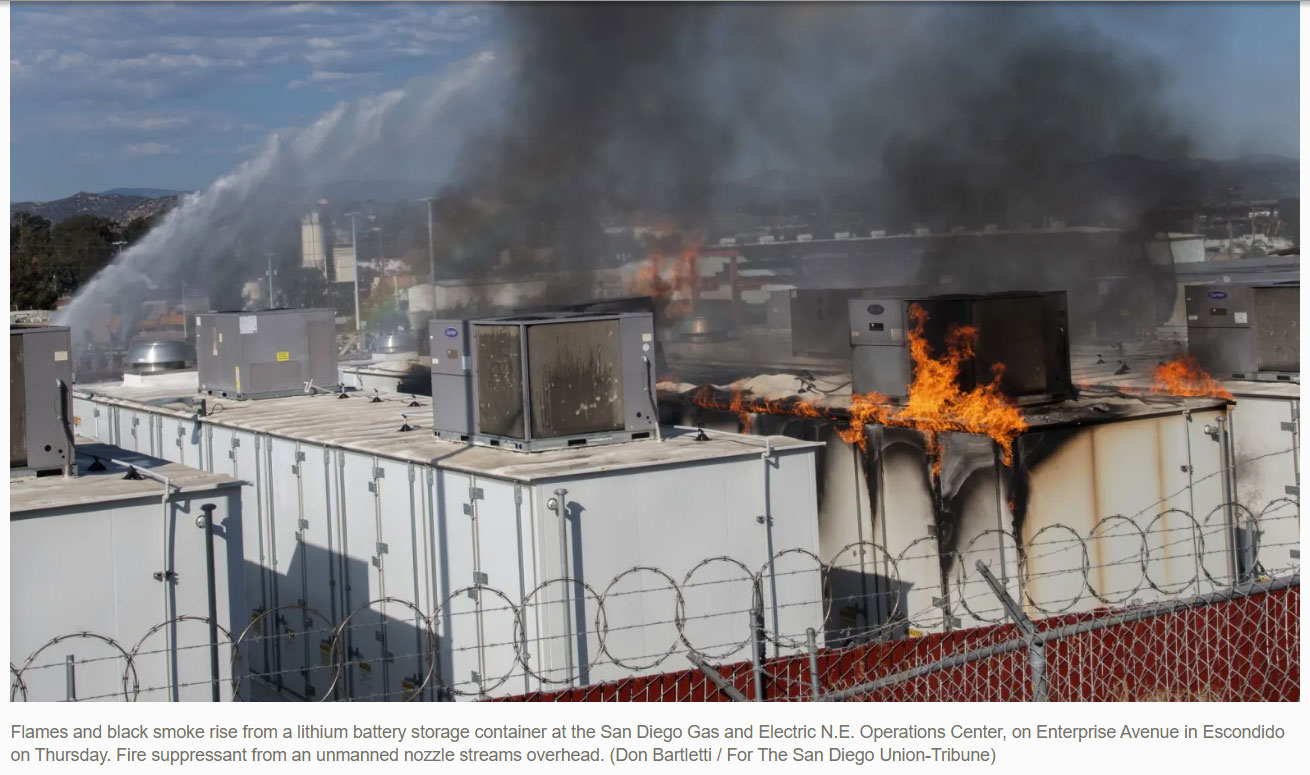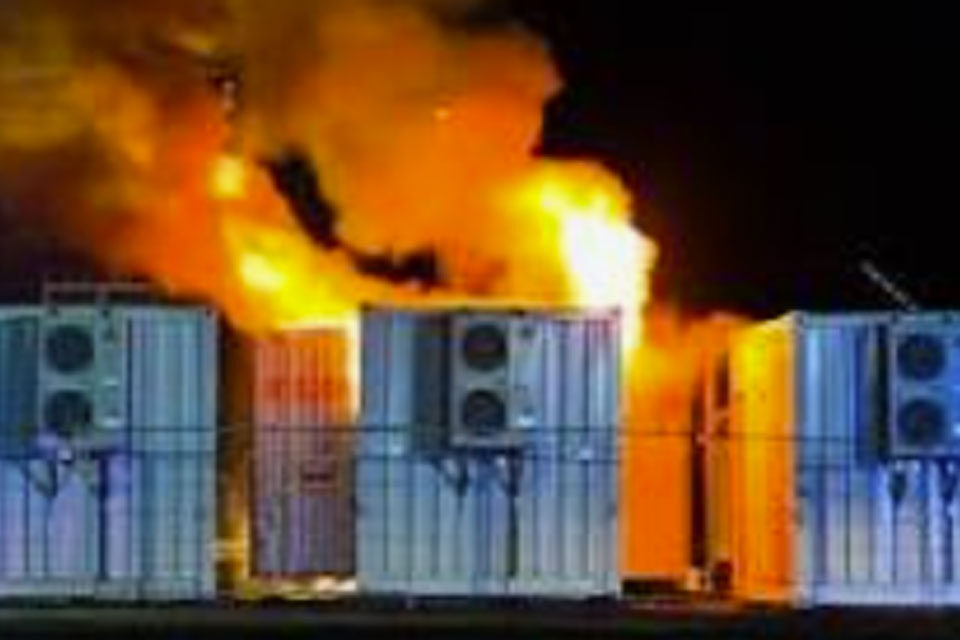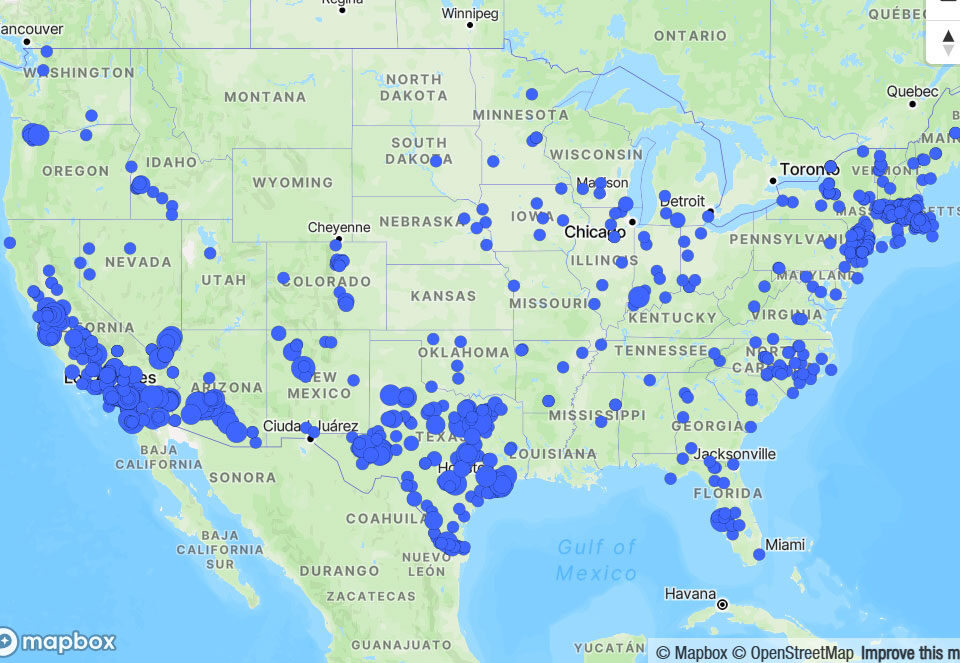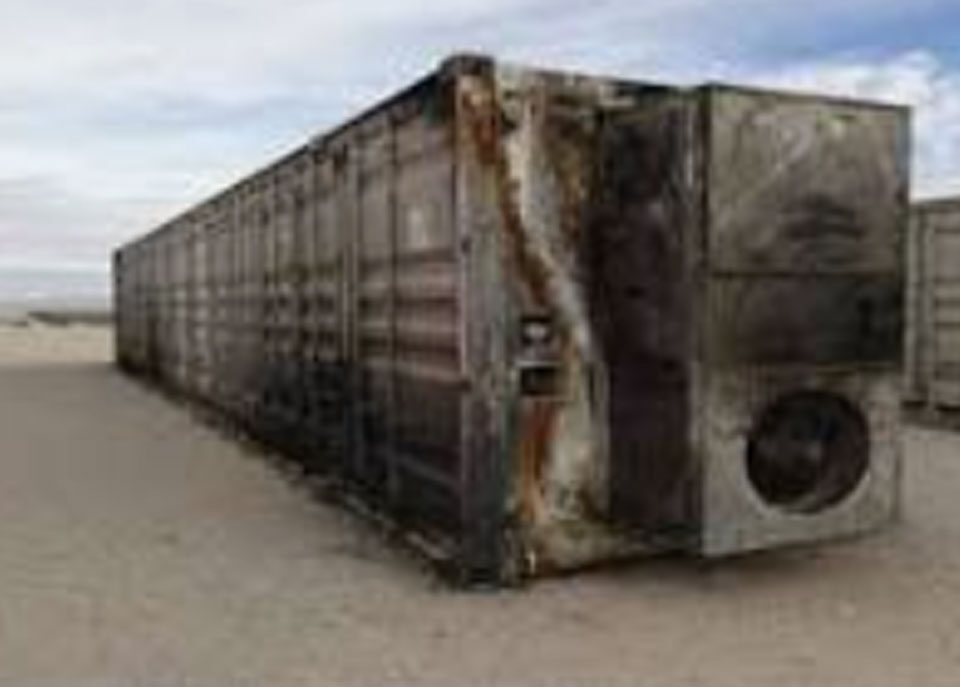Lithium-Ion Fires Don’t Behave Like Normal Fires
Battery Energy Storage Systems (BESS) present a unique and dangerous fire risk. Unlike traditional fires, which can be doused with “big fire, big water,” lithium-ion fires behave differently.
“Big fire, big water” doesn’t work here” – According to Kathleen McCaffery, retired fire chief and former global fire liaison at Tesla.
When a BESS fire breaks out, overheated cells can cause a chain reaction known as thermal runaway. The fire doesn’t just burn — it can produce its own oxygen, making it extremely difficult to contain. Even when a fire appears extinguished, battery cells may reignite hours or days later.
Real Dangers of BESS Fires
- Toxic Gases: Burning batteries release poisonous gases such as hydrogen fluoride, which pose serious risks to nearby residents and firefighters.
- Extreme Heat: Temperatures can soar high enough to damage equipment and overwhelm firefighters.
- Reignition Risk: Lithium-ion batteries can reignite after suppression, meaning the fire is never truly “out.”
- Training Gaps: Firefighters need specialized training and equipment — far beyond what’s required for house or chemical fires.
Misleading Developer Claims
In Oshtemo Township, BESS developer NewEdge claimed on August 14, 2025 that local fire departments would not need additional training because “the units put themselves out.” This is dangerously wrong.
- Fire chiefs and safety experts consistently warn that BESS units do not put themselves out. Firefighters have been critically injured while fighting BESS fires and explosions.
- Fires must be contained until they burn out for hours. Firefighters spray millions of gallons of water on surrounding units to prevent spread.
- Developers making false claims highlight why unexperienced energy storage developers should not be trusted with projects near homes and schools.
Lessons from System Failures
A recent PV Magazine report (July 2025) revealed that system-level defects in BESS jumped from 48% to 72% in just one year. Many of these failures were caused by design and operational errors, not manufacturing defects — proof that rushing projects for subsidies creates unsafe conditions.
Takeaway for Communities
BESS fires are not extinguished — they are only controlled.
Toxic gases, extreme heat, and reignition risks make them uniquely dangerous, especially when projects are located as close as 300 feet from homes in Michigan.
When developers downplay these risks, they put firefighters, residents, and entire neighborhoods in harm’s way. Michigan must adopt stronger siting and safety rules before allowing more BESS projects near communities.
What Residents Can Do
- Attend upcoming Township Board and Planning Commission meetings and speak out.
- Remember to vote out politicians that refuse to help protect residents.
- Contact the MSPC and tell them Battery Energy Storage System regulations must protect residents.

